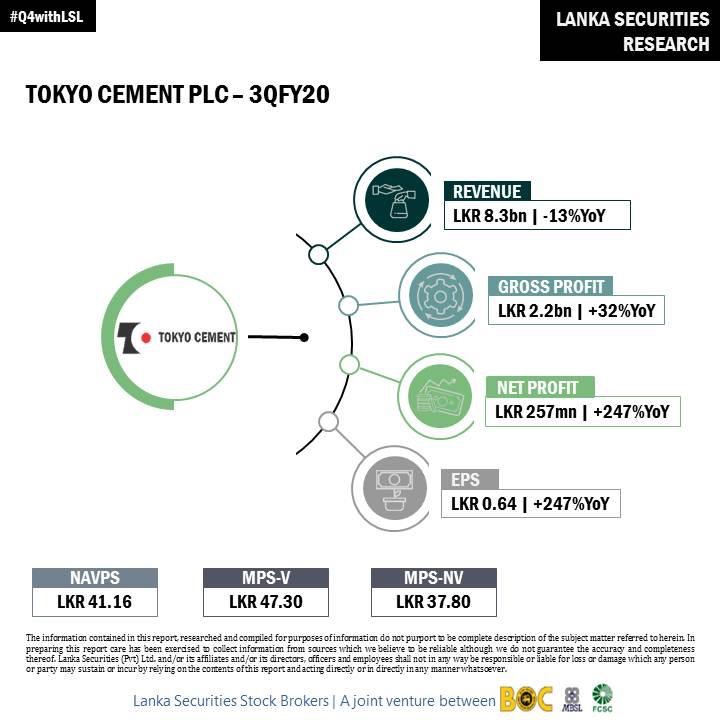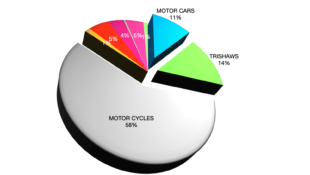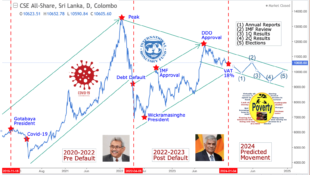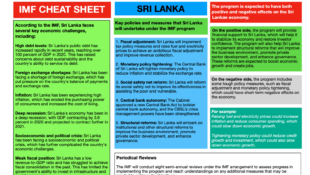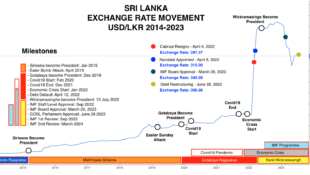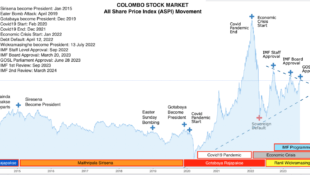Teller wrote:SLIC/EPF factor to consider

EPF strongly should not touch tokyo
They have very limited options available since they cannot increse the holdings of banking and finance sector anymore.
The next best option would be Other Bulechips trading at a discount at the moment.(Spence, Tokyo , Ael , Llub ,Melsta , JKH..ECT).EPF not actively investing in Sri Lanka bank shares: officials
Friday January 31, 2020 12:29:08
ECONOMYNEXT- Sri Lanka’s Employees’ Provident Fund (EPF) of private sector workers savings managed by the state, is currently not “actively investing” in banking shares, officials said, where concerns have been raised about conflicts of interest and state interference.
“The EPF is not actively investing in banking shares now,” Senior Deputy Governor NandalalWeerasinghe said, responding to a question raised by EconomyNext.
The 2.2 trillion rupee EPF, managed by the central bank, is now one of the largest owners of private banks.
Since banks are some of the top performers there have been calls for the EPF to be managed independently.
Deputy Governor H A Karunaratne said the exposure of the EPF to banking stocks is too high, but did not say a specific prohibition had been placed on bank investments but said the decision to buy banking stocks once more will be up to the EPF Investment Committee.
“There is no hard and fast rule,” he said. “We are careful about moving into that area because the exposure is high.”
EPF has been subscribing to rights issues of banks.Many banks are opting for rights issues as their capital buffers are coming under pressure amid rising bad loans.
Distancing EPF from Bank Supervision
Criticism has risen on the conflict of interest over EPF controlling banks because the central bank is the industry regulator and is privy to information that is not public.
Concerns have been raised earlier on the EPF appointing bank directors with or without the support of other state funds. Other state managed funds, including Sri Lanka Insurance, also own bank stocks.
With the recent decision taken not to actively buy bank stock, and a limit of new purchases to below 10 percent will reduce some of the conflicts, Weerasinghe said.“As long as you are not actively engaging in trading or investing other than passive investment, I see no conflict there,” he said, adding that officials such Assistant Governors are now not in charge of both duties.
Previously, the bank supervision duties were handled by the same assistant and deputy governors who were in charge of the EPF.
Last June, when EconomyNext questioned then Governor Indrajit Coomaraswamy on whether the roles could be split, he said the central bank would consider distancing the two roles.
Officials on Thursday confirmed that new governance measures have been brought in.
Karunaratne and Assistant Governor Yvette Fernando, who were previously in charge of the two roles, were not fully aware of EPF trades which were and were not conducted during the December quarter.
“This clearly shows there is a separation between the EPF and the Deputy Governor (Karunaratne),” Fernando said.
“I’m not overseeing that. Now there is a new Assistant Governor. I’m speaking because I know of the operations previously,” she explained.
Sri Lanka’s EPF had not invested in listed banks stocks until 2009. In 2005 the EPF had bought stock in NDB with monetary board approval. A forensic audit said into EPF said the investment policy was changed in 2011.
Investments in stock trades were later ratified by the Monetary Board. (Colombo/Jan31/2020)
 would enable you to enjoy an array of other services such as Member Rankings, User Groups, Own Posts & Profile, Exclusive Research, Live Chat Box etc..
would enable you to enjoy an array of other services such as Member Rankings, User Groups, Own Posts & Profile, Exclusive Research, Live Chat Box etc.. 

 Home
Home














